The Science of Human Visual Perception
Introduction
Human visual perception is the ability to interpret the surrounding environment using light in the visible spectrum reflected by the objects in the environment. This is part of the larger visual system, which also includes the eyes and the brain's parts that process visual information. The visual system interprets information from visible light to build a representation of the surrounding world.
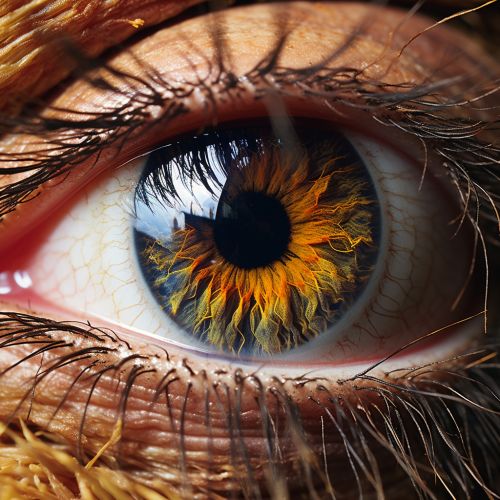
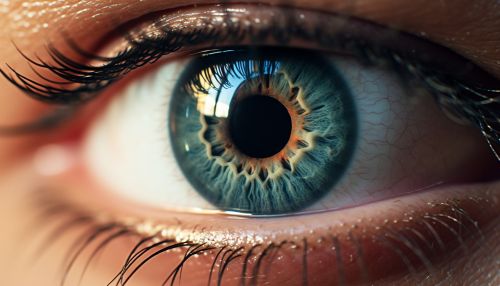
Anatomy of the Eye
The human eye is a complex organ that detects light and converts it into electro-chemical impulses in neurons. The eye's main parts are the cornea, the iris, the pupil, the lens, and the retina. The cornea is the transparent front part of the eye that covers the iris, pupil, and anterior chamber. The iris is the pigmented tissue lying behind the cornea that gives color to the eye and controls the amount of light entering the eye by varying the size of the pupillary opening.


The pupil is the hole located in the center of the iris of the eye that allows light to strike the retina. The lens is a transparent, biconvex structure in the eye that, along with the cornea, helps to refract light to be focused on the retina. The retina is the light-sensitive layer of tissue at the back of the inner eye that acts like an 'obscura camera' of the eye.
Visual Processing
Visual processing in the brain is too complex to be entirely replicated, or modeled, with high accuracy. It starts in the retina, a complex, layered structure with several types of neurons working in parallel. The output of the retina is a set of 'feature detecting' signals that tell the brain about the properties of the visual field. These signals are processed in a hierarchical manner by different parts of the brain, from the retina upstream to central ganglia in the brain.
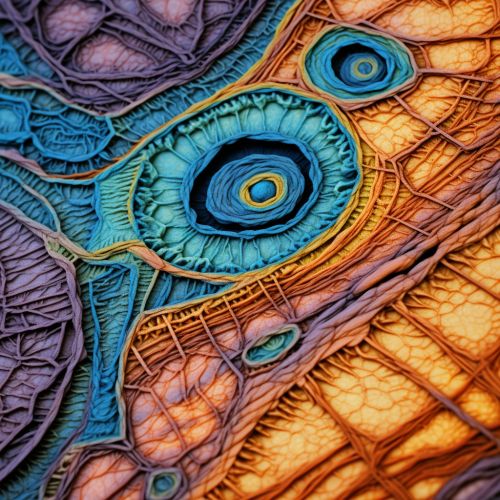
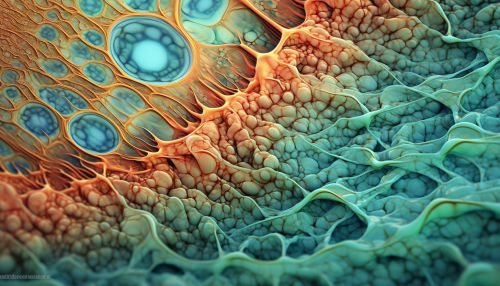
The lateral geniculate nucleus, which relays visual information from the retina to the visual cortex, is an important waypoint within the pathway that serves as the connection between the optic nerve and the visual cortex. The visual cortex in the human brain is that part of the cerebral cortex which processes visual information. It is located in the occipital lobe, in the back of the brain.
Visual Perception Theories
There are several theories of visual perception, including the Gestalt theory, the Ecological theory, and the Constructivist theory. These theories propose different ideas about how the brain interprets the visual information it receives, and they each emphasize different aspects of perception.
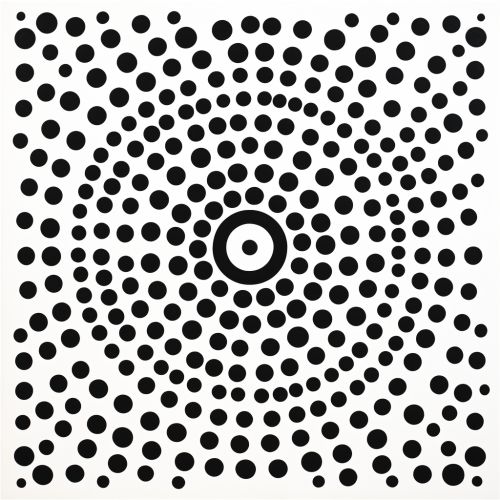

The Gestalt theory emphasizes that the whole of anything is greater than its parts. That is, the attributes of the whole are not deducible from analysis of the parts in isolation. The Ecological theory, proposed by James J. Gibson, suggests that perception is a direct, immediate process that does not require the interpretation of sensory data. The Constructivist theory, on the other hand, suggests that perception is a constructive process that requires the cognitive processing of sensory information.
Visual Illusions
Visual illusions are a fascinating area of study in visual perception. They occur due to the brain's attempts to interpret the visual stimuli it receives, sometimes leading to a perceived image that is different from the actual physical properties of the stimulus. Examples of visual illusions include the Müller-Lyer illusion, the Ponzo illusion, and the Rubin vase.
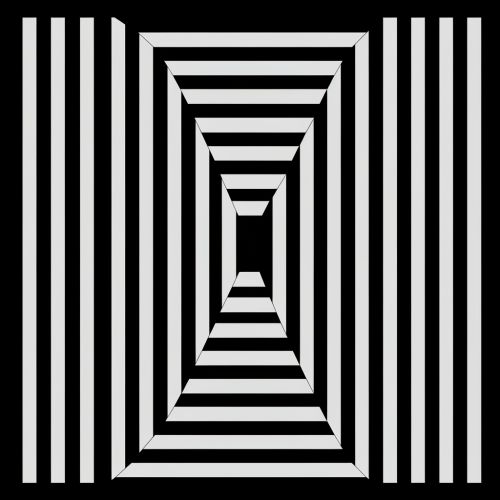
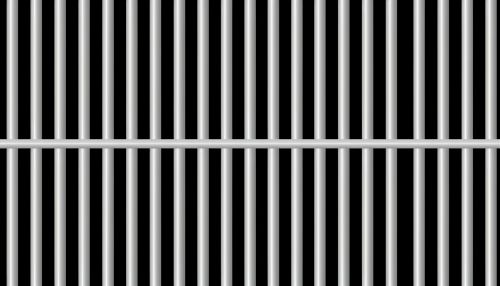
Color Perception
Color perception is an important part of visual perception. The ability to perceive color is influenced by the varying sensitivity of different types of photoreceptors to light of different wavelengths. Humans are trichromats, meaning that they have three types of photoreceptors capable of color vision. These photoreceptors, called cones, are sensitive to short-wavelength (blue), medium-wavelength (green), and long-wavelength (red) light.


Conclusion
The science of human visual perception is a complex and fascinating field, encompassing the study of the physical structures of the eye, the neural processing of visual information in the brain, and the cognitive interpretation of visual stimuli. It is a field that continues to evolve as new technologies and research methods become available, and it has important implications for a wide range of fields, from psychology and neuroscience to computer science and artificial intelligence.
